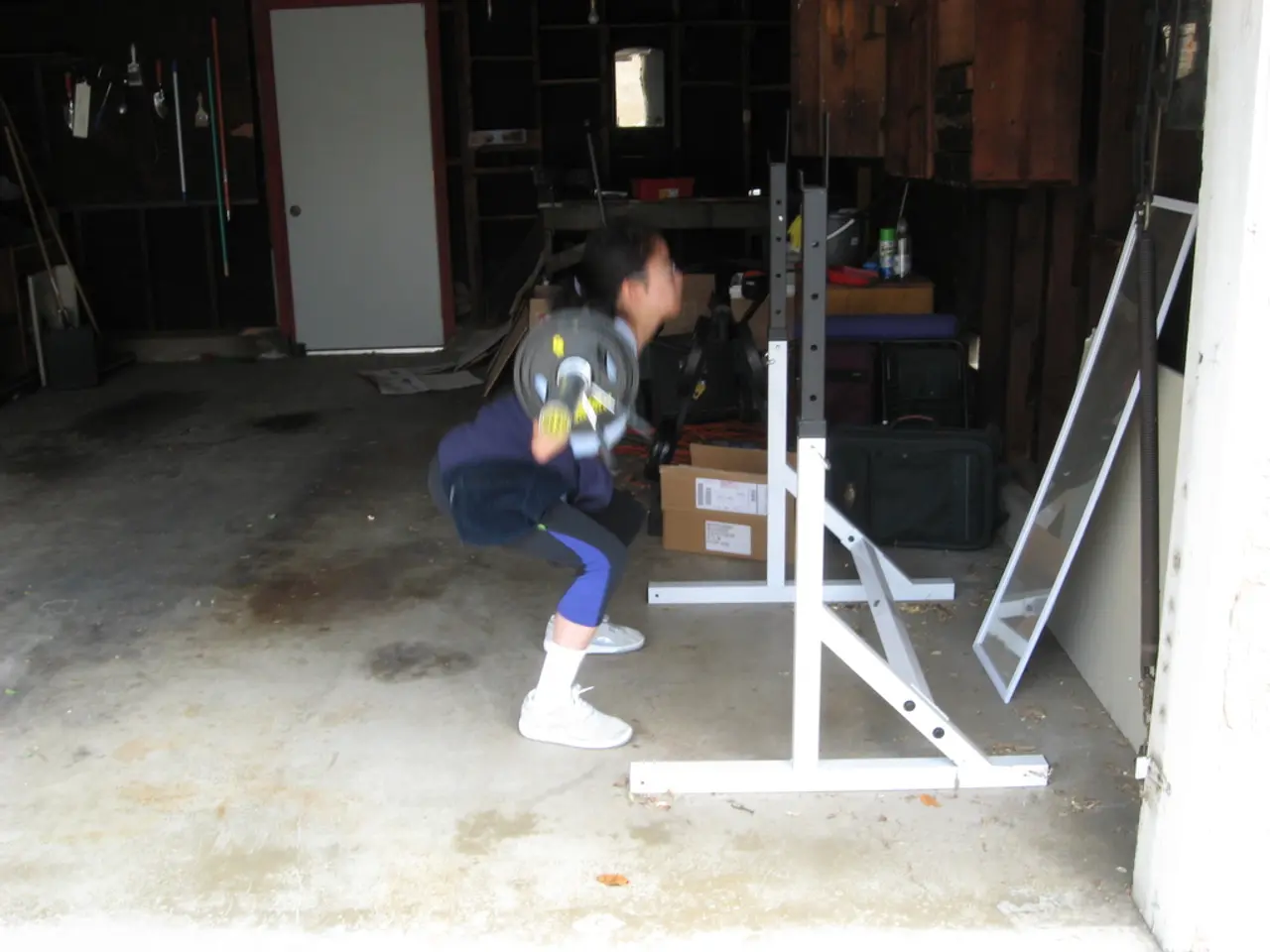Push-ups target the primary muscles of the chest, arms, and core. A detailed illustration and instructional guide can be found [here].
Pushups are a classic exercise that have stood the test of time, offering numerous benefits for individuals looking to improve their physical fitness. This simple yet effective exercise requires minimal equipment and can be easily incorporated into an at-home workout routine.
There are eight different types of pushups, ranging from the beginner-friendly wall pushup to the more challenging pike pushup. Each variation targets different muscle groups, providing a versatile workout that can be tailored to your fitness level.
The standard pushup primarily works the chest, shoulder, and arm muscles, while the narrow pushup focuses on the triceps and chest. Elevated pushups target the shoulders, upper back, and triceps, and wide pushups work the chest, shoulders, and back muscles. Clap pushups engage the shoulder, chest, and arms, and pike pushups primarily work the shoulder, serratus anterior, upper back, and triceps.
Beyond muscle strengthening and toning of the upper body and core, pushups offer several additional benefits. For instance, they can serve as a cardiovascular exercise when done in high repetitions or as part of a circuit, strengthening the heart muscle, enhancing circulation, and promoting better heart function.
Pushups also help improve posture and spinal alignment by engaging the full core, reducing lower back pain, particularly for those with poor posture or who sit for long hours. Additionally, they boost mental focus and discipline by demanding routine and consistency, contributing to better mental well-being.
Functional fitness and injury prevention are another key benefits of pushups. They mimic real-life pushing movements, strengthening joints, ligaments, and stabilizer muscles, which improves coordination and reduces injury risk, particularly for shoulders and lower back. Regular pushups build muscular endurance and improve mobility and stability of the shoulder joints when done with proper form.
Strength gained from pushups also helps with performing everyday tasks more easily, such as carrying groceries or opening doors. Moreover, they enhance metabolism and bone density, which benefits overall health beyond muscle building.
In summary, pushups contribute significantly to cardiovascular fitness, posture correction, mental resilience, injury prevention, and functional strength for daily life, making them a highly effective whole-body exercise. So, why not incorporate pushups into your workout routine today and reap the numerous benefits they offer?
Pushups, with their predicitive impact on upper body strength and overall fitness, may also play a role in preventing conditions like Alzheimer's, as a study from the science of health-and-wellness suggests. In fact, the regular practice of pushups can boost mental focus and discipline, contributing to better mental well-being, which is crucial in a field like predictive psychology and social science. Furthermore, the versatility of pushups, which target multiple muscle groups and offer a variety of exercise variations, makes them an ideal exercise for a comprehensive fitness-and-exercise regimen, even in the context of a personalized health-and-wellness plan.




